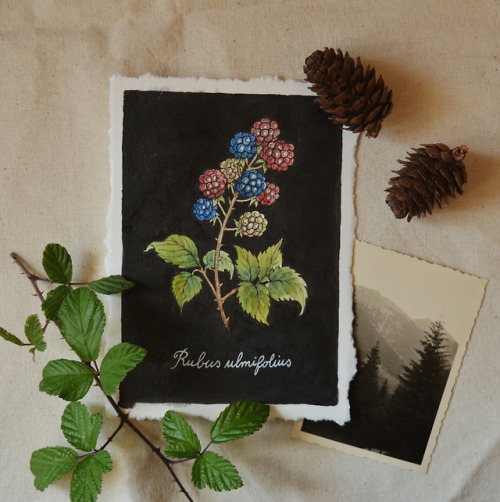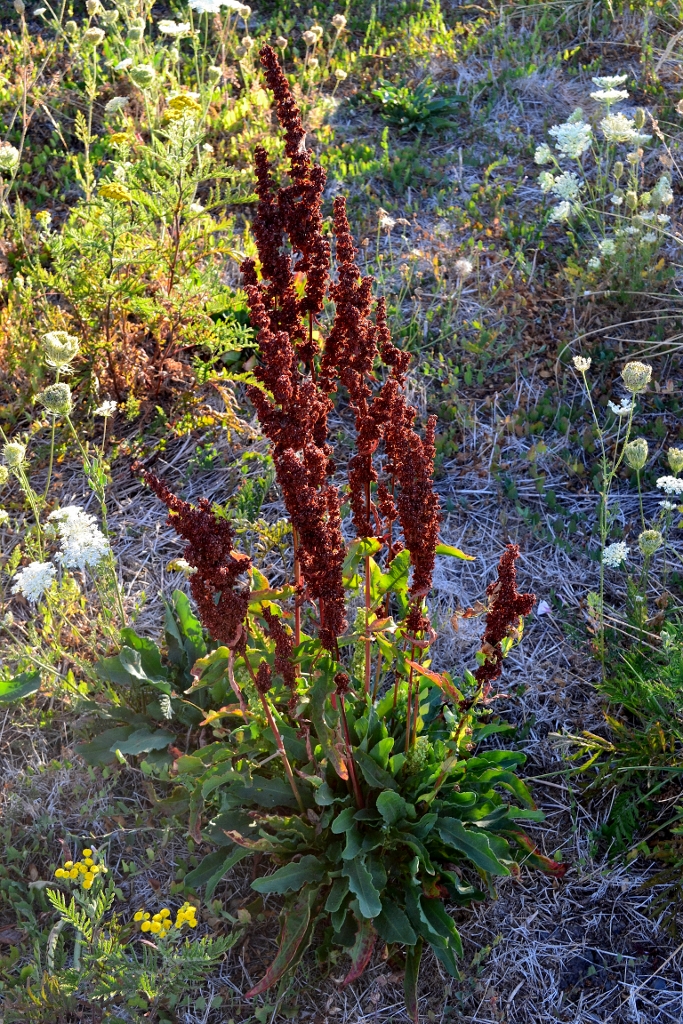#wild food
5 Great Foraging Books for the Beginner
5 Great Foraging Books for the Beginner
With so many foraging references available on the market today, it can be a daunting task to know where to start, especially for those of us who live in the pacific northwest. That’s why I’ve created this short list based off of books that I personally own and why I think you’ll want your own copy. I’ve spent many hours examining their pages and practicing my knowledge in the field with great…

10 Wild Roots You Can Forage During Wintertime
10 Wild Roots You Can Forage During Wintertime
The least likely time of the year you would expect to forage well is during the wintertime. While it may not look like there’s much to eat above the surface, below there are energy-dense roots, rhizomes, tubers, and bulbs that can help keep the body warm on these frigid days. In fact, it’s during wintertime when root foraging is prime! We can thank the process of dormancy as these perennials and…

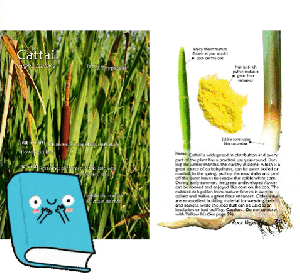
Hi Folks,
I am very excited to announce the launch of our Kickstarter campaign starting Saturday, May 23, 2020! The goal of this campaign is to raise the funds needed to print another batch of my book: The Northwest Forager’s Pocket Guide to Wild Edible Plants. This is an exciting opportunity for everyone who makes a pledge.
- $1 gets your name credited in this print.
- $15 gets you your own personal…
Prevent Weeds with a Weed: Lambsquarters by Suburban Homestead
“Here’s a crazy idea: why not use a weed to prevent other weeds in the garden. Lambsquarters is an edible weed that is perfect for that.
Survival Food: Japanese Knotweed Shoots by Animal Man Survivor
“This plant is one of the most important wild foods to know- partly because of the huge volume of food you can get quickly, and also because of this plant’s extensive range.” -Animal Man Survivor. For more great videos by Animal Man Survivor please check out his>> youtube channel.
I’m always thinking up fresh idea’s on how to share information on wild edibles while making it as easy and refreshing as possible to interested ones.
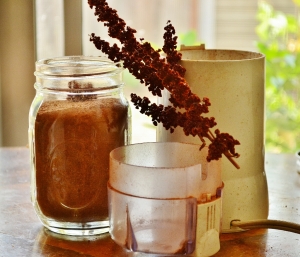
Dock (Rumex) consist of a variety of edible plants found over most of the Earth. Two of the most commonly known varieties is Curly Dock and the Broad-leaved Dock. Typically it’s the vitamin-rich leaves which are most often enjoyed. In today’s article, however, we will consider the use of Dock’s seeds.
Curly Dock – Rumex crispus
Dock is both protrusive and wide-spread in its distribution. Therefor…
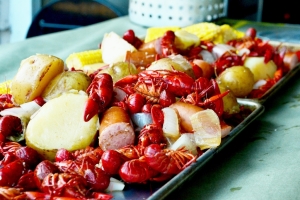
Arthropods and Crustaceansaka Water Bugs! In the western civilization that’s typically not our idea of a lip smacking entrée. However, add some Cajun sauce, sliced potatoes, corn and sausage, boiled with 5lbs of Crawfish, and that’s just what you get. A lip smacking, shell cracking, disemboweling, finger licking water bug dinner. Sound disgusting or maybe even barbaric? Try both. Even so that…
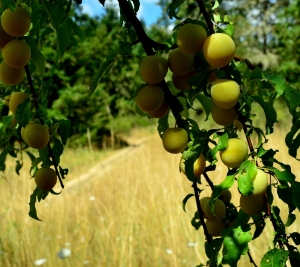
When harvest is abundant, Fruit liquors are a fun and tasty way to enjoy the extra fruit hanging around. In this article we’ll go over 5 easy steps in preparing fruit liquor with the fruit of your choice.
IngredientsStep 1 – Choosing the fruit
- Fresh Fruit
- Sugar
- Vodka or Tequila
Pick a fruit that is fully ripe, full of juice, and can easily be packed into a jar without crushing. In this case,…
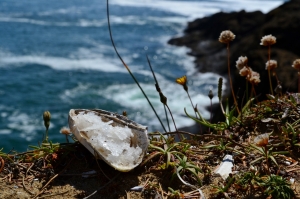
Sometimes there’s nothing more satisfying than food made from scratch. Especially when you throw the raw ingredients together like a mad chemist calculated by art. A pinch here, a dash there, mixing and cooking, steaming and tossing, sipping the wooden spoon… and vuala! As a forager we can take that satisfaction one step further and make the raw ingredients from scratch. In this case were going…
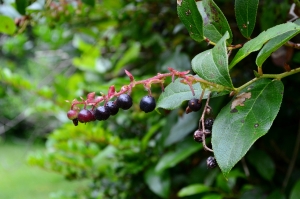
Gaultheria shallonA Salal shrub (Gaultheria shallon) well established on a piece of drift wood as commonly seen along the Oregon coast.
Salal berry could be perhaps one of the most widely abundant and under appreciated wild fruits of the Pacific Northwest. Common along coast lines, coniferous forest, logging roads, and river banks, Salal is a delightful treat that can be enjoyed during most…
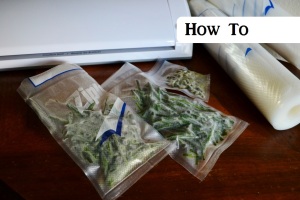
We wait all year for our favorite delicacy to come into season only to watch it spring, mature and wither before our very eyes. Living in the high speed world of today we’re fortunate just to get a taste or two while it’s still in its prime. So unless one is a fulltime “hunter and gatherer”… initiating methods of food preservation is a must if we are to capture the seasonally fresh flavor of…
It’s amazing to me that food grows literally everywhere, but we’ve become so out of touch with nature as a society that we’ve forgotten much of this information.
Purslane and wild amaranth growing between the parking lot and the sidewalk. Both have leaves that can be simply picked and eaten raw (young leaves are best), and amaranth seeds can be used as a grain.
I imagine when I finally get land to grow fruits and vegetables, the weeds will only get pulled because they’re going on the dinner table.
Really though, I will have a section of land I’ll call my native garden where I transplant all the weeds and wild plants I find that are edible. Since they’re wild plants I’ll be able to just leave them alone until harvest. Easiest food garden ever!
Post link








